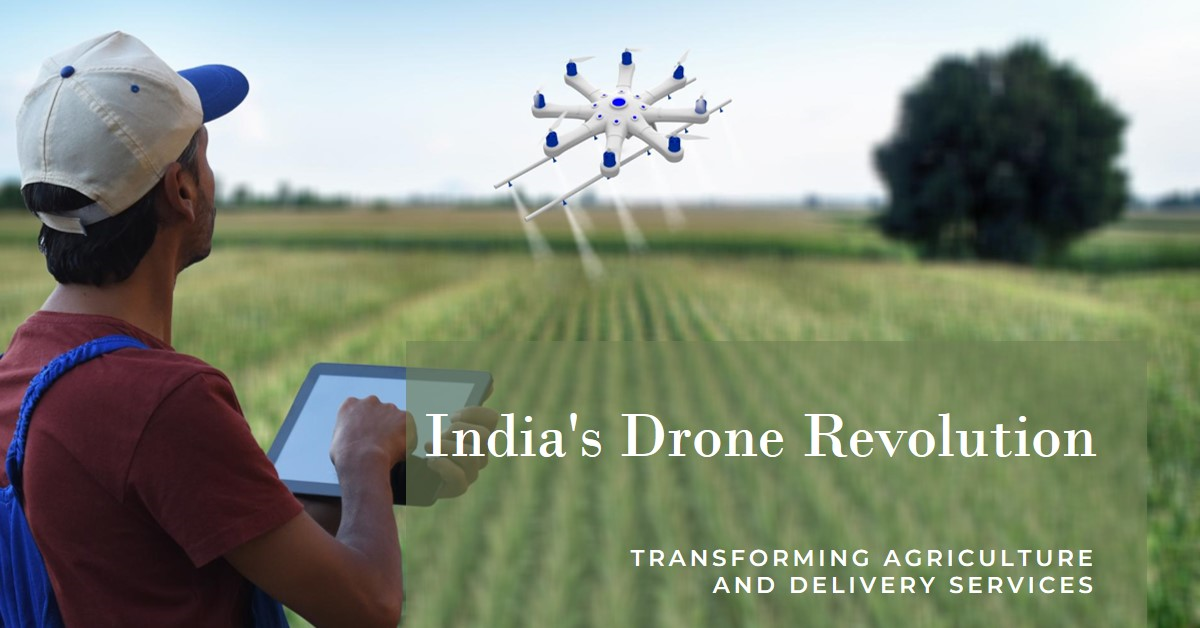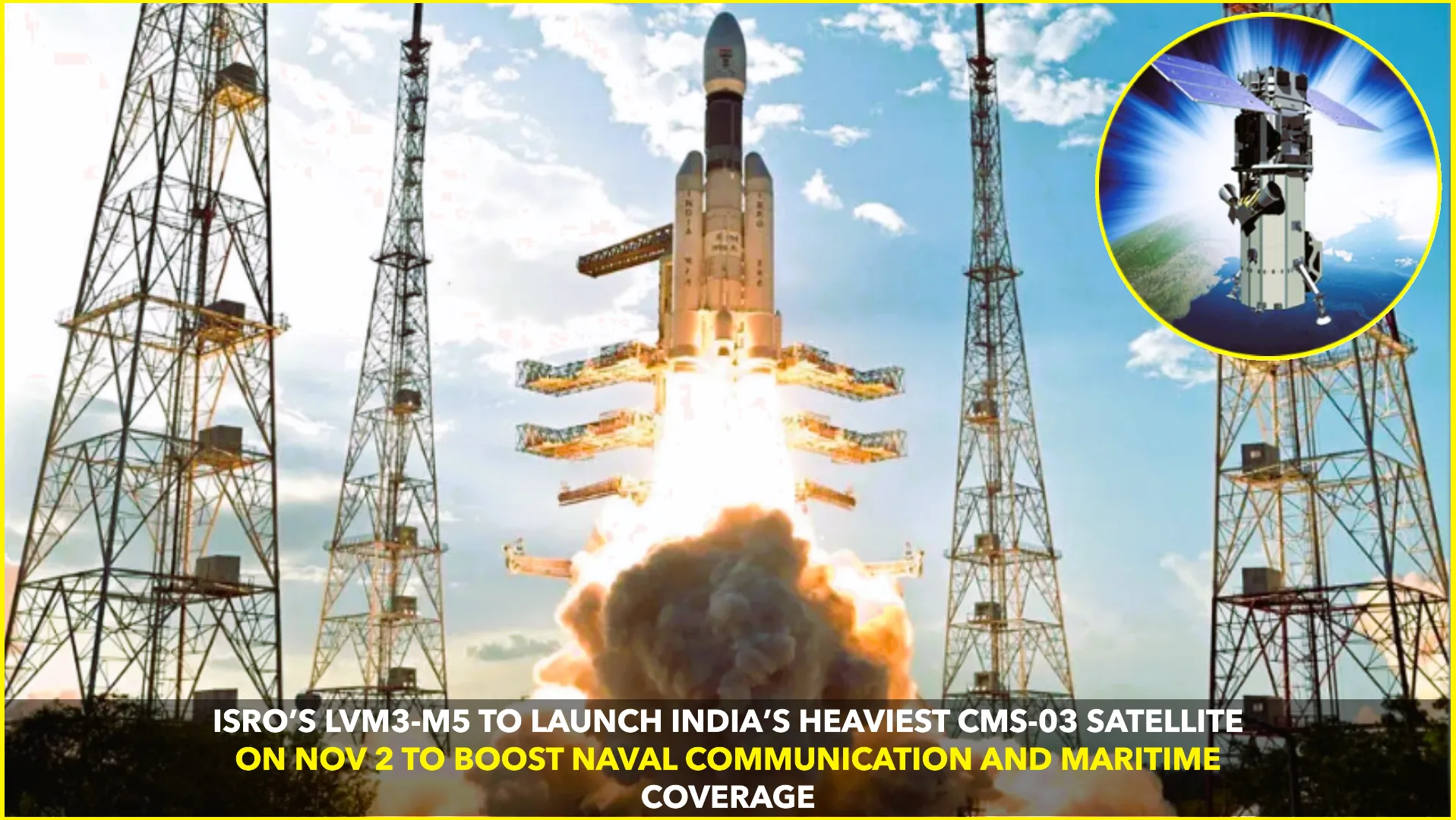In recent years, drone technology has emerged as a transformative force in various sectors across the globe, and India is no exception. Once viewed as tools for defense and surveillance, drones have found applications in industries like agriculture, logistics, and public safety. In India, where the economy is heavily reliant on agriculture and where delivery services are seeing exponential growth, the adoption of drone technology is ushering in a revolution. This article explores the impact of drone technology across sectors, highlighting the key challenges, opportunities, and the future potential of drones in reshaping India’s economy.
The Rise of Drone Technology in India
Drones, also known as Unmanned Aerial Vehicles (UAVs), have witnessed significant technological advancements in recent years. Their ability to capture high-definition aerial imagery, transport goods, monitor large areas, and conduct various tasks remotely has made them indispensable tools in numerous industries.
India, recognizing the immense potential of drones, introduced regulatory frameworks that promote drone use while ensuring safety. The Drone Rules 2021 liberalized several restrictions, allowing for greater integration of drones into industries ranging from agriculture to logistics. This regulatory change is crucial for fostering innovation and bringing India closer to a tech-driven future.
Drones in Indian Agriculture: Revolutionizing Farming Practices
Agriculture remains the backbone of India’s economy, employing around 50% of the workforce and contributing about 18% to the country’s GDP. However, the sector faces several challenges, including inefficient farming practices, inconsistent crop yields, and over-reliance on traditional methods. Drones are playing a pivotal role in modernizing India’s agricultural landscape by offering precision farming techniques.
1. Precision Agriculture
Drones equipped with multi-spectral and thermal sensors can monitor crop health, soil moisture levels, and nutrient content. This technology provides farmers with real-time data to optimize irrigation, fertilization, and pest management. Precision agriculture reduces wastage, improves yield, and ensures sustainable farming practices, addressing some of the core issues Indian farmers face.
2. Aerial Spraying
One of the key applications of drones in Indian agriculture is aerial spraying. Drones can efficiently spray fertilizers and pesticides over large areas, reducing labor costs and increasing accuracy. Traditional spraying methods can lead to significant wastage, whereas drones ensure that chemicals are applied precisely where needed, minimizing environmental impact and reducing health risks to farmers.
3. Crop Monitoring and Yield Prediction
With the ability to capture high-resolution images of fields, drones provide farmers with insights into crop conditions. These images help detect diseases, pest infestations, and nutrient deficiencies early, enabling timely interventions. Additionally, drones can be used for yield prediction, offering farmers a better understanding of their expected harvest and improving decision-making regarding pricing and distribution.
India’s adoption of drone technology in agriculture is on the rise. The Indian government has been supporting initiatives like the Kisan Drone Scheme, aimed at making drone technology accessible to small and marginal farmers. This integration is expected to boost productivity and help alleviate some of the long-standing challenges in Indian agriculture.
For more information on emerging agricultural trends, check out this article on EpicInfinite.
Drones in Logistics and Delivery Services: The Future of E-commerce
As e-commerce continues to grow exponentially in India, driven by increased internet penetration and consumer demand, logistics companies are under pressure to deliver goods faster and more efficiently. Drones are at the forefront of this revolution, offering a cost-effective and rapid solution to delivery challenges.
1. Last-Mile Delivery
One of the biggest challenges in logistics is last-mile delivery, especially in congested urban areas or remote rural regions. Drones can bypass traffic congestion and geographic hurdles, delivering goods directly to customers’ doorsteps. E-commerce giants like Amazon and Flipkart are already exploring drone-based delivery models in India.
In December 2021, Swiggy, one of India’s leading food delivery services, announced a pilot project in collaboration with the Indian government to explore drone-based food delivery services. The potential of drones to revolutionize last-mile delivery is immense, promising reduced delivery times, lower operational costs, and an enhanced customer experience.
2. Healthcare and Emergency Deliveries
Drones are not only improving commercial logistics but also playing a crucial role in healthcare. During the COVID-19 pandemic, drones were deployed to deliver vaccines, medical supplies, and essential goods to remote areas where conventional transportation faced challenges.
The Indian Council of Medical Research (ICMR), in collaboration with the Ministry of Civil Aviation, launched the Medicine from the Sky initiative in 2021. This project aims to utilize drones to deliver life-saving medicines and vaccines in inaccessible parts of India. By shortening delivery times, drones are enabling healthcare providers to serve patients more effectively, particularly in times of crisis.
3. Future Prospects in E-commerce
The Indian government is actively encouraging drone use in logistics by providing the necessary regulatory framework for commercial drone operations. Drone deliveries in India could become mainstream within the next few years, with companies already conducting pilot programs for both consumer goods and essential supplies. The scalability of drones in logistics will be a game-changer for India’s fast-growing e-commerce and delivery service markets.
Drones in Public Safety: Enhancing Security and Disaster Management
Drones are increasingly being deployed in public safety and disaster management in India, thanks to their ability to survey large areas, provide real-time data, and operate in difficult-to-access environments. The adoption of drones in public safety initiatives is enabling quicker response times and more effective decision-making during crises.
1. Law Enforcement
Law enforcement agencies in India are using drones for surveillance, traffic management, and crowd control. During major public events or protests, drones provide real-time aerial footage, allowing authorities to monitor crowd movements and ensure safety. Additionally, drones have been deployed in operations to track illegal activities such as smuggling or poaching, offering a powerful tool for crime prevention and enforcement.
2. Disaster Management
India, being prone to natural disasters like floods, earthquakes, and cyclones, can significantly benefit from drone technology in disaster management. Drones can be deployed to assess damage in affected areas, identify stranded individuals, and deliver essential supplies in emergency situations.
For example, during the Uttarakhand floods, drones were used to survey the region, providing critical data to rescue teams. They were also instrumental in mapping out paths for emergency responders, ensuring quick and efficient rescue operations.
Drones are also being used to monitor environmental conditions, aiding in the prediction of natural disasters and contributing to early-warning systems. The ability of drones to quickly gather data over large areas makes them an indispensable tool in disaster preparedness and mitigation strategies.
For more insights on drone technology’s role in public safety, visit EpicInfinite.
The Challenges of Drone Adoption in India
While the drone revolution in India is gaining momentum, there are several challenges that must be addressed for widespread adoption.
1. Regulatory Hurdles
Although the Drone Rules 2021 have made significant strides in liberalizing drone use, challenges remain in terms of obtaining permits, ensuring safety, and maintaining compliance with airspace regulations. Drone operators must navigate a complex regulatory landscape to ensure their drones do not infringe on restricted areas, such as near airports, military bases, or critical infrastructure.
2. Infrastructure and Connectivity
For drones to operate efficiently in India’s logistics and public safety sectors, significant investments are needed in infrastructure and connectivity. Reliable GPS systems, secure communication networks, and efficient data management systems are required to ensure drones can operate safely and effectively across the country.
3. Public Perception and Privacy Concerns
Another challenge is public perception and privacy. While drones offer immense benefits, there are concerns over their misuse for surveillance or other nefarious activities. Developing a framework that ensures the ethical use of drones, protects individual privacy, and builds public trust is essential for the successful integration of drone technology.
The Future of Drone Technology in India
India’s drone revolution is poised to redefine several industries, from agriculture to logistics and public safety. With supportive government policies, increased investment, and rapid technological advancements, drones will continue to play a vital role in transforming sectors and driving economic growth.
1. Expansion into New Sectors
While drones are already reshaping agriculture, logistics, and public safety, new sectors like mining, construction, and real estate are beginning to adopt drone technology. The use of drones for surveying, mapping, and inspections can significantly improve the efficiency and safety of operations in these industries.
2. Empowering Rural India
Drones have the potential to bridge the urban-rural divide by offering services that may be difficult to access in remote areas. From agricultural monitoring to healthcare deliveries, drones can empower rural communities by providing them with the resources and tools they need to thrive.
3. Job Creation and Skill Development
As the drone industry grows, so will the demand for skilled drone pilots, engineers, and technicians. This opens up new avenues for job creation and skill development in India, with educational institutions beginning to offer specialized courses in drone technology.
The future is bright for drones in India, and the revolution has only just begun. For more detailed analyses and case studies on drone technology and its applications, explore articles on EpicInfinite.
By addressing challenges, enhancing regulations, and investing in infrastructure, India can harness the full potential of drones to drive innovation and economic progress across multiple sectors.










